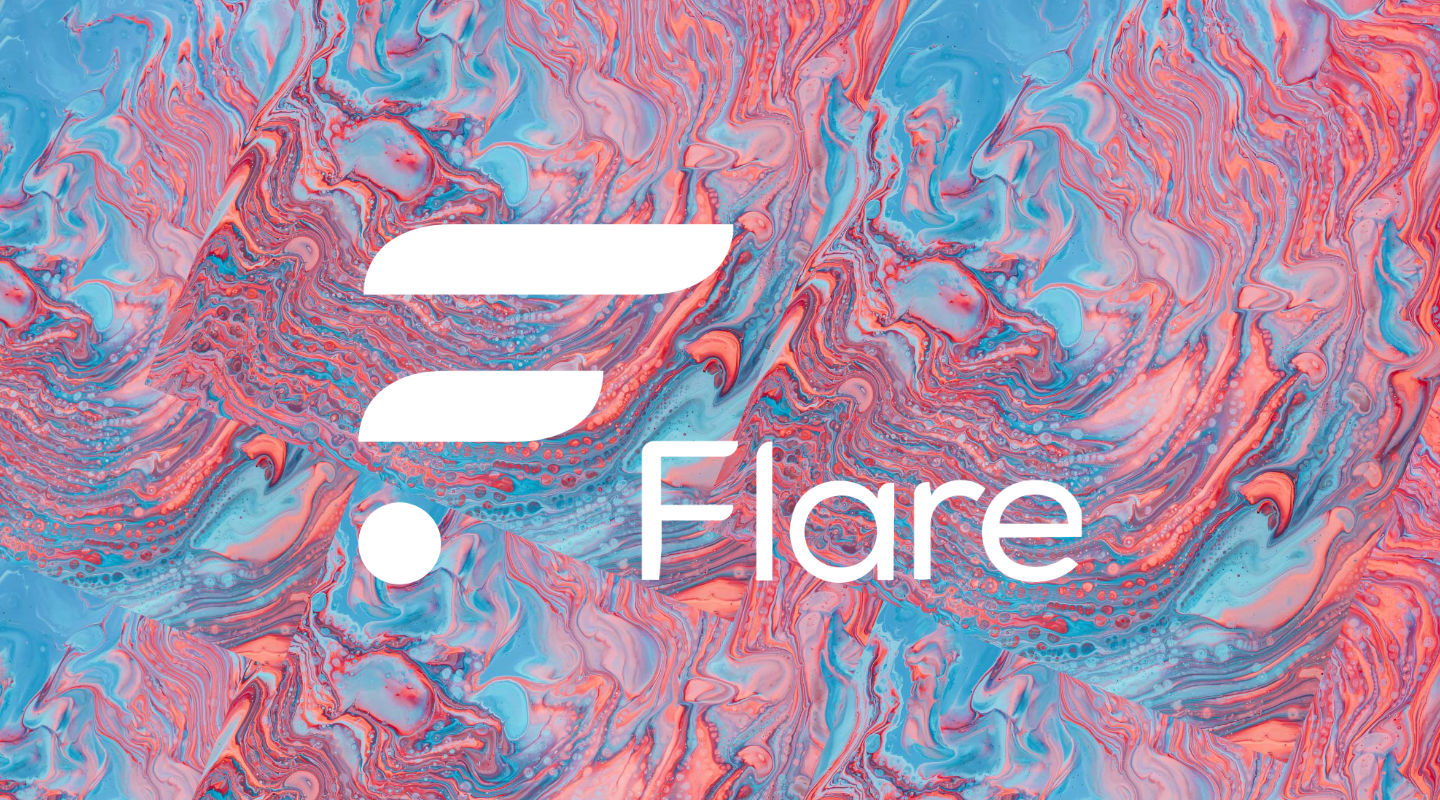The Flare Network is the first Turing-complete Federated Byzantine Agreement (FBA) network. Its nodes run the Avalanche consensus protocol with a key adaptation to the FBA consensus topology, which is used for its high throughput, network scalability, and low transaction costs. Furthermore, the network leverages the Ethereum Virtual Machine (EVM), enabling it to run computationally universal smart contracts.
"Unleashing Value; ~65% of the value of blockchain tokens is inaccessible to decentralised applications - that changes now."
Source: Flare Whitepaper
The challenge: seamless launch of the network
The launch of the Flare network was scheduled to take place in the summer of 2021. Before the launch, all building blocks of the infrastructure needed to be integrated, customized, developed, verified, audited, and improved.
-
Blockchain technologies Blockchain technologies
Integration of new blockchain technologies.
-
Smart contracts Smart contract development
Development and extensive testing of FTSO system and F-Assets contracts.
-
Performance improvements Performance improvements
Monitoring the infrastructure's performance and improvements.
-
Network security Network security
Design and implementation with strong security considerations, extensive testing and verification against known attack vectors.
The solution: smart contracts for Flare Network
Flare token (FLR) is the network's native token used as a gas for paying transaction fees on the Flare Network. Additional tokens that represent other assets (called F-Assets) also exist, such as a representation of XRP called FXRP.
The Flare Time Series Oracle (FTSO) is a decentralised on-chain protocol that gathers price (and data) signals of off-chain assets and submits them to the Flare blockchain for calculation by other smart contracts. FTSO acts as an inflation mechanism for the network, increasing the FLR token supply for rewarding data providers. In this sense, it is the equivalent of mining, it serves as an economic incentive for FLR token holders to act honestly and provide value and trust to the blockchain. New FTSO contracts will be deployed for any new data signal supported by the Flare Network, as determined by governance.
Any FLR or F-asset holder can vote on governance issues raised by the community, or they could choose to delegate their votes to whomever they believe will provide honest votes. The votes (for the oracle and for the governance) can be delegated (in part or in whole) to another address without transferring the tokens themselves. In return, the network might reward them with newly minted FLRs in exchange for their service. Similarly, WFLR tokens are wrapped Flare tokens used for delegation and governance.
The result
Together with our partner ACEX d.o.o. developed smart contracts in Solidity for different parts of the Flare Network, specifically FTSO, data providing, rewards, governance, delegation, and F-Assets.
Information about how Flare works at the network-level is available here, including:
- how to become a validator on Flare,
- integrating underlying blockchains to Flare,
- getting started with the Coston testnet.
Code repository is available here.
Project partners
- ACEX d.o.o.
- Flare Networks Limited
Similar projects
- ACE.Trade - We developed an entry-level app for crypto trading. It simplifies the first steps in the crypto world for initiatives and first time traders, while staying compliant with regulations.
- PLASMA - A project for developing a banking and trading platform, upgraded with an innovative connection between the financial, fintech, and crypto worlds.
- DIGITRUST - A digital transformation of a business with innovative digital solutions and a decentralized system




